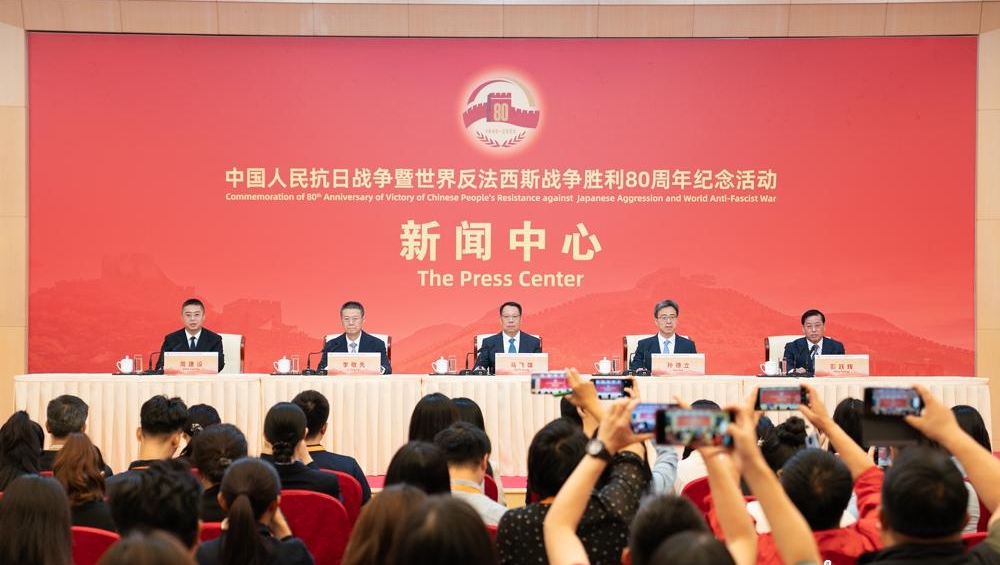Xinhua News Agency:
The general public is highly concerned about the protection and management of memorial facilities and historical sites related to the resistance war. Could you introduce the main work and considerations of the Ministry of Veterans Affairs (MVA) in the protection and management of these memorial facilities? Thank you.
Ma Feixiong:
Thanks to this reporter for the question. We will have Mr. Li Jingxian, who is specifically responsible for this work, to answer this question.
Li Jingxian:
General Secretary Xi Jinping pointed out, "In that arduous anti-fascist war, countless brave people sacrificed their precious lives for victory. Their heroic spirits will live forever." Protecting, managing, and utilizing the revolutionary resources of memorial facilities for martyrs of the resistance war is not only a profound tribute to the heroes of the war, but also a solemn remembrance of the history. It is also the sacred duty and glorious mission for the MVA.
The MVA has continued to promote the protection and management of these memorial facilities, constantly strengthening these bases of historical education. First, we have developed a clear picture. We have conducted information collection and verification, identified 39,000 martyrs' memorial facilities related to the resistance war, and entered them into the information system to achieve refined IT-based management. Second, we have strengthened renovation and protection. We have actively sought central government funding support, steadily implemented improvement and renovation projects for martyrs' cemeteries such as the Shanxi-Hebei-Shandong-Henan Martyrs' Cemetery and the Wuxiang Eighth Route Army Martyrs' Cemetery, and orderly promote the renovation of overseas memorial facilities such as the Northeast Anti-Japanese United Army Training Brigade site in Russia. In collaboration with cultural and tourism departments, we have implemented cooperation agreements on the protection of revolutionary relics and memorial facilities, conducting regular inspections and maintenance. As a result, the overall condition of the memorial facilities for martyrs of the resistance war has been improved. Third, we have given play to their role in publicity and education. We have collected and organized historical artifacts and materials related to the heroic martyrs of the resistance war. We have conducted in-depth research into their stories, and actively curated high-quality exhibitions to enhance the reach, impact, and emotional resonance of these narratives. We have organized activities such as national competitions for docents narrating the deeds of martyrs and public storytelling initiatives about the heroes of the resistance war. We have carried out commemorative events on a regular basis to guide the public, especially teenagers and young adults, to remember the history of the resistance war, pay tribute to the heroic martyrs, and carry forward the revolutionary spirit.
Next, we will focus on fostering national spirit and patriotism, effectively protect the memorial facilities for martyrs of the resistance war, and continue to carry out commemorative and educational events. These efforts aim to guide the public to fully recognize the heinous crimes of Japanese militarist aggressors, deeply learn the heroic deeds of martyrs, and vigorously carry forward the great spirit of resisting aggression. This will help gather strong spiritual strength for advancing the construction of a strong country and the great cause of national rejuvenation on all fronts through Chinese modernization. Thank you.


 Share:
Share: 




 京公網(wǎng)安備 11010802027341號(hào)
京公網(wǎng)安備 11010802027341號(hào)